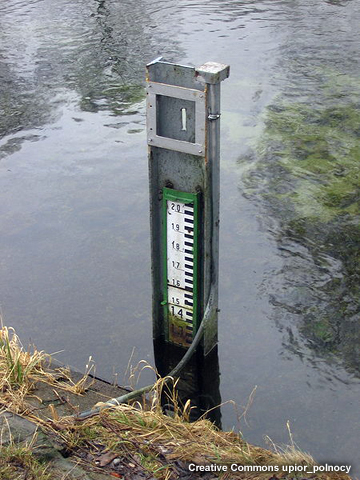4.0 Verification Techniques Summary

Goal: Demonstrate hydrologic forecast verification techniques
- Using the Interactive Verification Program (IVP)
- Using the Ensemble Verification System (EVS)
This module's goal was to demonstrate how one might develop an approach for hydrologic forecast verification using available NWS software tools. To demonstrate the verification technique, this module focused on the question, "how does QPF input impact hydrologic forecasts?" The objectives were to demonstrate a verification process that includes:
- Evaluation of data characteristics important to verification
- Evaluation of hydrologic forecast performance
- Evaluation the impact of Quantitative Precipitation Forecast (QPF) input
- Identification of sources of error and uncertainty
Two case studies on verification of hydrologic forecast were examined. One was a look at deterministic stage height forecasts for selected basins at the Ohio River RFC. That study made use of the NWS Interactive Verification Program (IVP) tool. The second case looked at ensemble streamflow forecasts from the Middle Atlantic RFC and made use of the NWS Ensemble Verification System (EVS) tool.
Although the case studies involve different datasets, different types of forecasts, and different verification tools, we show here that the same basic technique can be applied to answer important questions about forecast performance.
It is important that the verification technique looks at different aspects of forecast performance, accounts for data characteristics that may impact the verification scores, and examines important subsets of the data.